“The Conservation Innovation Grant program has an impressive track record of fostering innovative conservation tools and strategies,” said Agriculture Secretary Tom Vilsack as he announced $20 million in new funding for the program. “Successes in the program can translate into new opportunities for historically underserved landowners, help resolve pressing water conservation challenges and leverage new investments in conservation partnerships with farmers, ranchers and other stakeholders.”
Conservation Innovation Grants (CIG) fosters innovation in conservation tools and strategies to improve things like on-farm energy and fertilizer use as well as market-based strategies to improve water quality or mitigate climate change. Last year CIG began supporting the burgeoning field of conservation finance and impact investing to attract more private dollars to science-based solutions to benefit both producers and the environment.
Administered through the USDA’s Natural Resources Conservation Service (NRCS), the CIG program is part of the Environmental Quality Incentives Program (EQIP). Since 2009, USDA has invested over $145 million to fund nearly 400 national and regional CIG projects. In 2016, USDA is seeking applications for innovative conservation projects to benefit historically underserved agricultural producers, improve and protect water quality, and demonstrate the effectiveness of public private partnerships for conservation, sustainable agriculture and forestry.
As USDA launches a new round of investments, take a look at a few of the recent CIG projects below or view a summary of other impressive CIG projects on the NRCS CIG website.
Lifelong farmer Hezekiah Gibson, and his wife Frances, farm 1,200 acres in Manning, South Carolina. Through their CIG project, the Gibsons have implemented a silvopasture demonstration area on their farm, and have educated other farmers on the benefits.
Silvopasture―the practice of combining forestry and the grazing of livestock―benefits timber, forage, and livestock production by allowing both practices on the same acreage, at the same time. It not only improves the appearance of the landowner’s property, it helps the livestock and environment too.
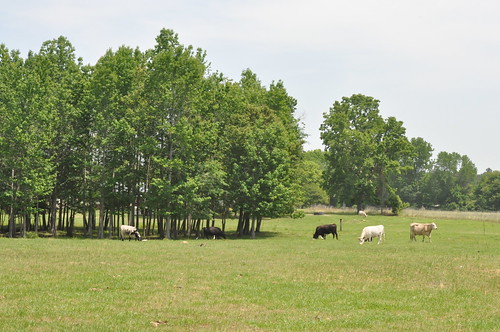
The Gibsons have practiced silvopasture for years, and have found that it helps their livestock maintain their body weight by continuing to graze under trees during the day, rather than in open pasture at night when it’s cooler.
Denitrifying bioreactors hold great promise as a nutrient trap, reducing the flow of excess nitrates into local bodies of water, a significant water quality concern throughout the Mississippi River Basin. In 2011, the Iowa Soybean Association used CIG to increase farmer awareness and accelerate implementation of denitrifying bioreactors. Project leaders monitored and analyzed the performance of new and existing bioreactors, and explored ways to limit buildup of harmful contaminants in the woodchip pile.
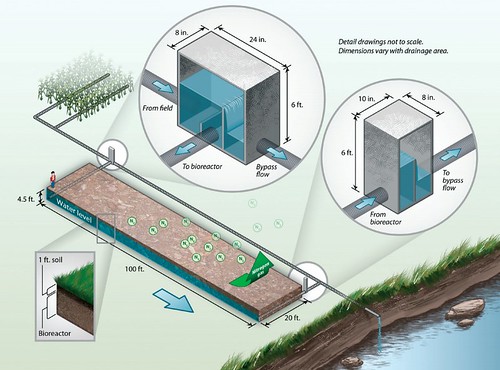
Water control structures (in the large white circles) route water running through tile lines into the denitrifying bioreactor, which lies underground at the edge of a field. Image by John Peterson.
Farmers in the Tropics needed a better tool to estimate the nitrogen contribution from cover crops to reduce their commercial fertilizer rates. Through CIG, the University of Hawaii expanded on a similar calculator and modified it for tropical climates and soil types in the Pacific Islands Area.
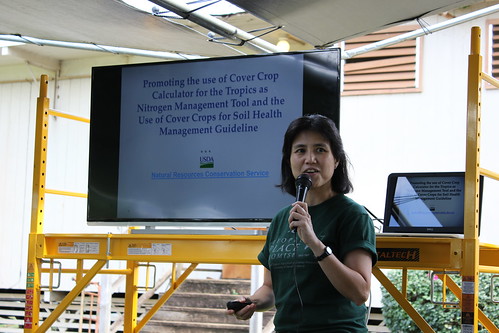
University of Hawaii professor Dr. Koon-Hui Wang leads the national Conservation Innovation Grant on Cover Crop Calculator for the Tropics. Photo by Jolene Lau.
Environmental markets—the buying and selling of ecosystem services like clean air and water, and wildlife habitat—help more private landowners get conservation on the ground. Markets attract non-Federal funding to conservation, complement USDA’s work with agricultural producers, and can yield natural resource improvement at a lower cost to other approaches. CIG resources are a key to establishing these water quality trading programs that lead to first-of-its-kind transactions—like the purchase by Chevrolet of carbon credits generated on ranch lands in North Dakota.
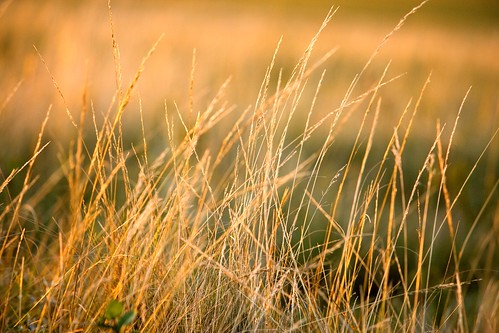
50,000 acres of rangeland in North and South Dakota have permanent protection when enrolled into a carbon offset program through a USDA Conservation Innovation Grant. These offsets will be sold on the voluntary market. Photo credit: Scott Bauer.
In the High Plains of Texas, water reigns. The area is one of the most productive agricultural regions in the world, making a reliable water supply key to the area’s rural economies.
Through CIG, the North Plains Groundwater Conservation District is working to demonstrate emerging irrigation management and other conservation practices to conserve water drawn from the Ogallala Aquifer.
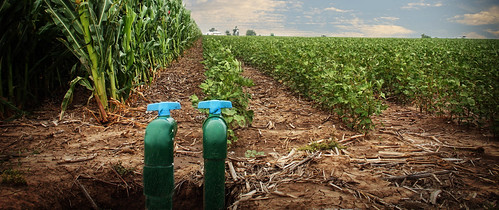
Multiple cropping systems were used in the demonstration including corn and cotton. Micro-subsurface drip irrigation was one of the irrigation systems used to irrigate crops and conserve water.
For an interactive look at USDA’s work in conservation and forestry over the course of this Administration, visit https://medium.com/usda-results.
No comments:
Post a Comment
Note: Only a member of this blog may post a comment.